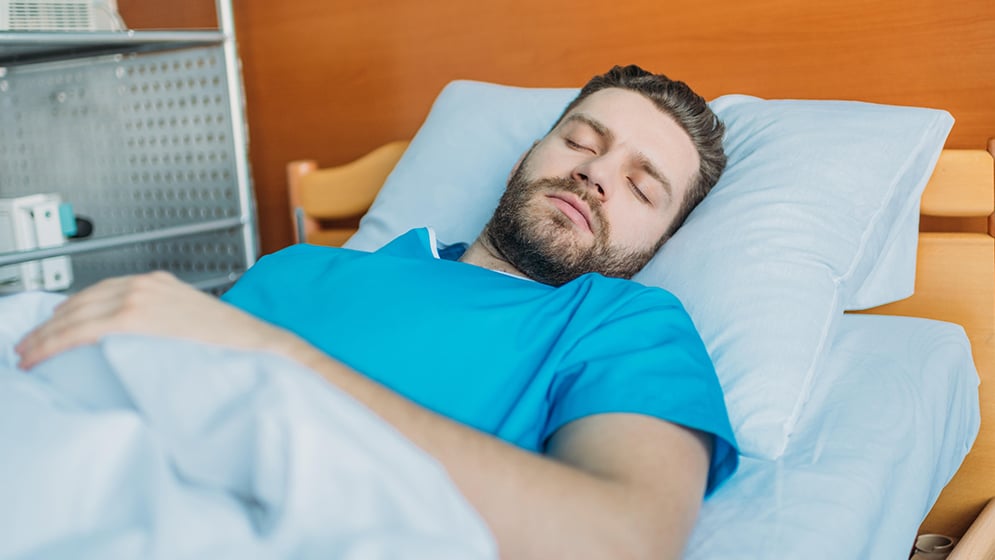- Curved Lithium Polymer battery
- Fast Charge Polymer Battery
- Flexible Polymer Lithium Battery
- Ultra-thin Polymer Battery
/ Blog / Battery Knowledge /
Sleep Therapy Device Batteries
12 Jan, 2022
By hoppt

Batteries are one of the most essential components of a sleep therapy device as it is the power source that provides life to your equipment.
The number of hours you can use your sleep therapy equipment at one time depends on how long the batteries will last, and this is influenced by different factors such as:
- The size and type of battery (for example, AA vs 9V)
- The amount of time you spend using your device each night
- Any additional accessories you choose to use with your unit (such as an external charger or additional mask interface, if applicable)
- Weather conditions such as ambient air temperature and humidity levels. Please remember that low temperatures will reduce life expectancy significantly.
Some sleep therapy devices utilize batteries while others may come with an AC power adapter. Please check the specifications for your specific device to find out how it is powered.
A common concern among users of CPAP and other sleep apnea therapies is that they require access to a wall outlet in order to work. This can be problematic when traveling or camping, or even just using your machine at home if you're not awake long enough before needing to recharge the battery.
There are several options available for night time use:
- Rechargeable Battery Pack
- External DC-Powered Device
- AC/DC Wired Adapter (for example Dohm+ from resmed)
- AC Powered Unit with Backup Setup Options (for example Philips Respironics DreamStation Auto)
Most machines that use a 9v power source require 5-8 hours to recharge from dead, some as long as 24 hours.
Rechargeable batteries are a good option if you want to save money on the cost of replacement disposable batteries and follow a green lifestyle. The downside is they will need to be replaced every few years, and the number of recharges before this occurs varies based on a variety of factors such as battery type or usage habits.
If you choose an external DC powered device, you must check first with your sleep therapy machine manufacturer to see if it is compatible with the product. If so, there are several options available for powering your equipment from an external supply for between 4-20 hours depending on the size of the battery and device you are powering.
A third option is a unit that provides backup power in case of a power outage or other issue with your wall outlet. One such example is the Philips Respironics DreamStation Auto, which ensures uninterrupted therapy with the use of both AC and optional DC backup power supply or battery pack. This machine can be connected directly to an external battery for up to 11 hours of usage time, coupled with 8 hours from its internal batteries for a total run time of 19 hours if needed.
The last option is an AC/DC wired adapter, which means your sleep therapy system will always have access to a full charge even when not near a wall socket. This is ideal for those who travel frequently, as it can be used in any country with the proper adapter.
Battery life of sleep therapy devices vary greatly. It's important to note that batteries typically will last longer when new and then decrease gradually over time (depending on usage and type of battery).
Batteries for disposable devices such as a ResMed S8 series or Philips Dreamstation Auto CPAP should last between 8-40 hours on average; where rechargeable batteries may only provide 5-8 hours of usage at their peak before needing recharged, but can last several years (up to 1000 charges) before replacement becomes necessary.



